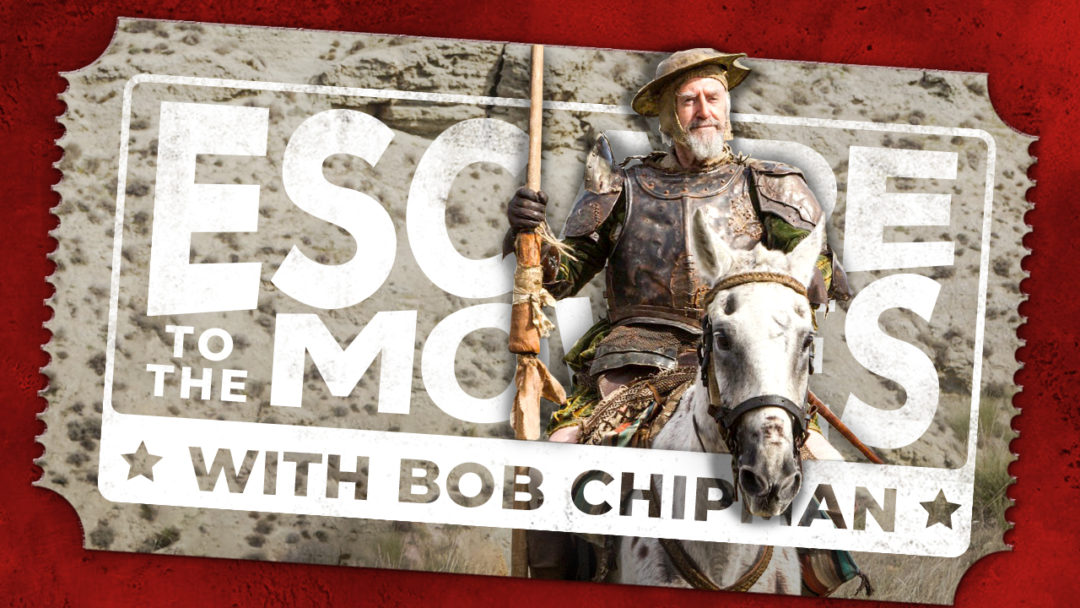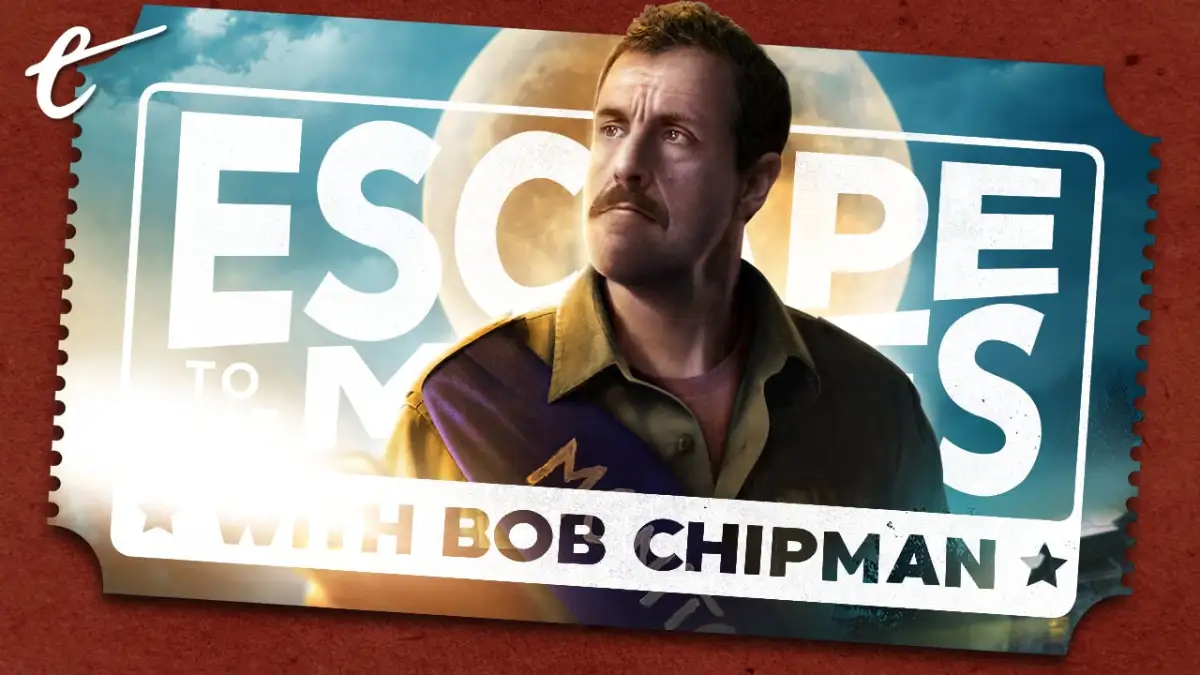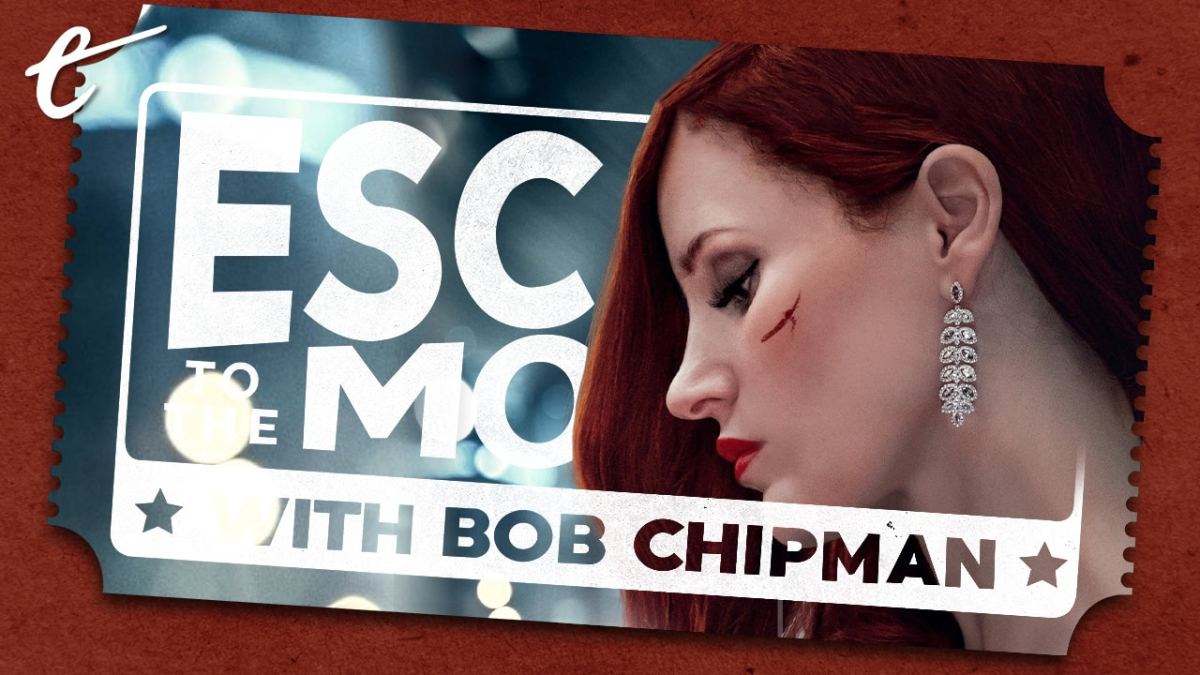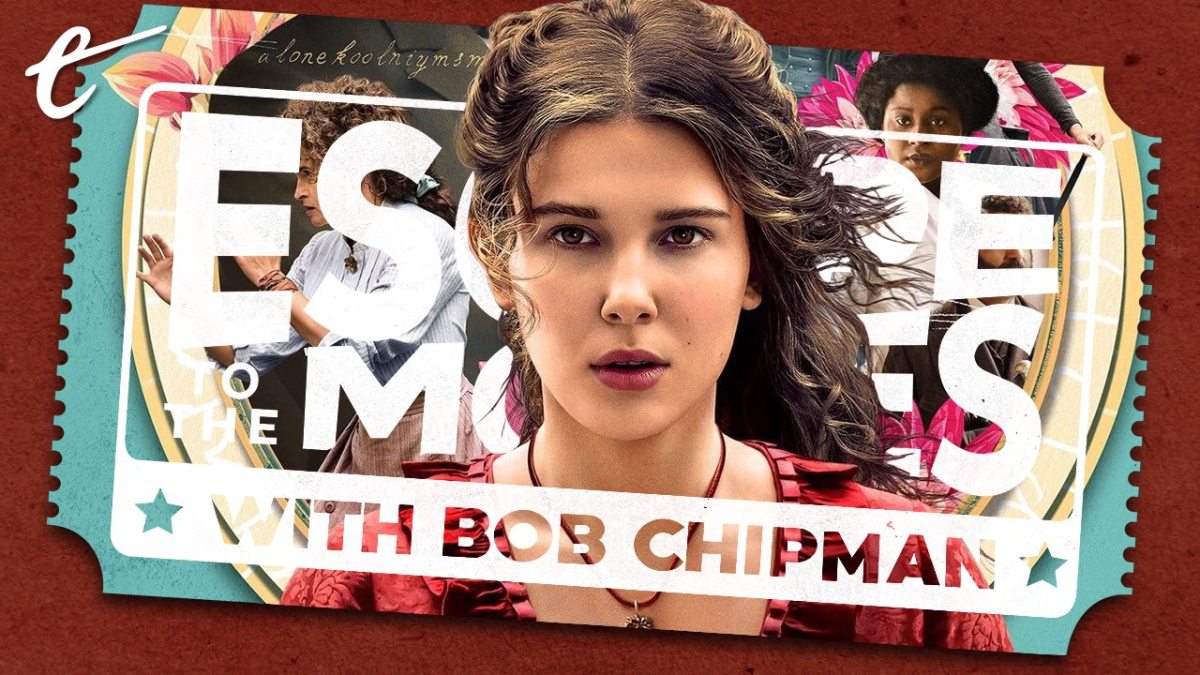The Man Who Killed Don Quixote opens with a title card informing the audience that it’s a film 25 years in the making, which is both sort of true and also sort of a self-aggrandizing work of mythic exaggeration. Of course, that perfectly befits the subject on a number of levels save for the actual film itself. This is a low-key, deliberately-paced, modest affair best viewed as either an off-tempo jazz riff on Cervantes’ actual Don Quixote story; an afterthought anecdote to the career of a director who’s been exploring these themes across his career in most of his better known films; or both being push-marketed as an event by virtue of how bizarre it is that it exists at all.
For the uninitiated: Director Terry Gilliam, the auteur animator late of Monty Python and karmically-cursed mind behind films you didn’t know existed in theaters but realized were classics later on like Time Bandits, Brazil, The Adventures of Baron Munchausen, The Fisher King, 12 Monkeys, and Fear & Loathing in Las Vegas has been trying to make a film called The Man Who Killed Don Quixote ever since the late-1990s. Starting out as a time-travel comedy starring Johnny Depp and the late Jean Rochefort, that first version was famously scuttled by so much freakish bad luck that the disastrous unmaking of the film was itself turned into the cult-classic documentary Lost in La Mancha in 2002.
Having re-started the project several times with multiple other actors over the years, Gilliam finally completed a new, substantially retooled version of the concept now featuring Adam Driver and Johnathan Pryce. This new version was subsequently held up for a few more years by business problems, lawsuits, studio changes and the director himself saying some very unfortunate things about the #MeToo Movement in the press and thus losing a substantial portion of the anti-establishment underdog credibility that had so long sustained him.

As this is a Terry Gilliam movie, the subject is the breakdown between reality and fantasy as viewed through the eyes of a creatively-stunted but wistful protagonist torn between responsibility and his true heart’s desire. We follow him as he struggles to avoid learning the eventual hard lesson that he only learn by surrendering to the siren call of madness, which can free him from the crushing mundanity of a fallen world. The struggle is symbolized by repeated failures to rescue an ingenue from corruption. All of this is realized through kitchen-sink surrealist fantasy imagery but is undercut by glancing blows of self-effacing humor that acknowledge an awareness of the more problematic points of the permanently-immature rebel artist hero type but fall short of subverting it. This schtick has gotten progressively less adorable as the world has evolved and Gilliam’s sensibilities have for the most part not.
Technically speaking, it’s the story of Adam Driver as a successful but creatively burned-out commercial director. While shooting an expensive ad for an obnoxious boss somewhere in rural Spain, he discovers a bootleg DVD of his own student film — an arty black-and-white reimagining of Don Quixote coincidentally shot in a nearby village using locals as actors — being sold by a mysterious beggar and is compelled to pay the site a visit.
Gilliam is, after all, not the first director to nearly go mad trying to make a Don Quixote movie.
Once there, he discovers that his long-ago visit negatively impacted on the town. The young girl he cast as Dulcinea, entranced at the suggestion that she could become an actress, has instead become a high-priced escort and is now the “property” of a sinister Russian oligarch currently making trouble in the region. Meanwhile the elderly man who played Don Quixote (Johnathan Pryce) became convinced that he actually is the character and is now imprisoned as a mentally-unstable sideshow attraction.
Through a series of accidents and misunderstandings, Driver and Pryce (who believes the director to be his squire, Sancho Panza) wind up wandering the countryside on the run from police and other dangers. They drift in and out of what may or may not be shared delusions that eventually transform into a quest to rescue the aforementioned actress from the Russian villain and a final confrontation with the reality and/or unreality of both men’s lives. Their journey mirrors the central question of whether the “realness” of our beliefs matters when weighed against what those beliefs spur us to do. That question is at the heart of Quixote itself and what the obsession with that the story conjures in the hearts of other storytellers. Gilliam is, after all, not the first director to nearly go mad trying to make a Don Quixote movie.

Taken on it’s own, The Man Who Killed Don Quixote is a perfectly serviceable riff on the concept, with Pryce’s committed comic performance being the main highlight. Driver continues to impress with how much sheer dramatic and physical range he possesses, able to snap back and forth between grim, moody resolve and flailing old-time comedy slapstick from scene to scene while still feeling like the same character. And while Gilliam’s ever-present shortcomings as an observer of humanity are only more prominent in a more intimate, lower-budget film — he still has difficulty realizing women as characters beyond the Madonna/Whore complex — it’s a welcome surprise that he gets more mileage than you’d expect out of tweaking the classism and latent paternalism innate to Quixote’s romanticising the “Age of Chivalry.”
Still it would be hard even for those with only passingly familiarity with Gilliam’s other films to not come away feeling like he’s mostly retreading here. The Man Who Killed Don Quixote explores in bite-sized, more literal form a set of ideas and observations about Quixote, characters like him, and Gilliam’s own relationship to both that have been explored in his previous work thoroughly well before now. Particularly Munchausen and Fisher King, both of which now feel like much more richly-textured versions of what this is shooting for.
This is certainly not a bad film. It’s well paced, keeps your attention, is well-performed and — taken as companion to both Lost in La Mancha and the general mythology surrounding the making and unmaking of the thing — a fascinating relic of pop-cinematic history in its own right. There’d be a certain justice in the idea of it not only finally existing but also being some kind of absolute masterpiece. It’s not that. For now, though, existing feels like enough.





